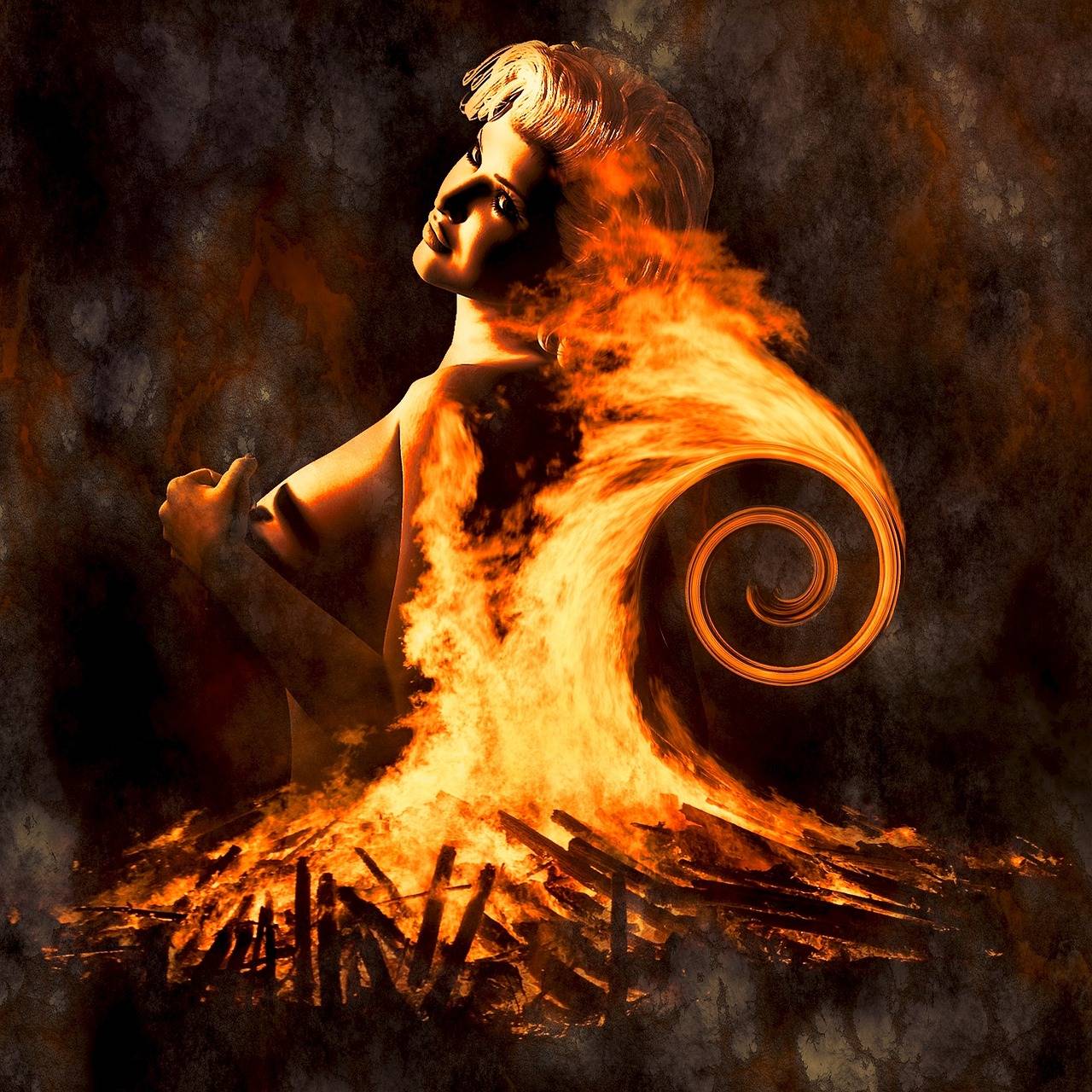The Impact of Social Media on Fashion Week: From Runway Shows to Influencer Front Rows
Social media has transformed the landscape of Fashion Week, playing a significant role in shaping the way designers present their collections and how fashion enthusiasts engage with the latest trends. Platforms like Instagram, Twitter, and TikTok have become powerful tools for designers to showcase their creations to a global audience in real-time. This shift towards digital platforms has not only democratized access to fashion shows but has also allowed for a more inclusive and diverse representation of beauty and style.
Influencers and fashion bloggers now hold significant sway in the industry, with their social media presence influencing trends and shaping the narrative of Fashion Week. Their ability to create instant buzz around a collection or a show has made them indispensable to designers seeking to make an impact in a crowded and competitive market. As a result, the traditional hierarchy of fashion reporting has been disrupted, with social media influencers and content creators now standing shoulder-to-shoulder with traditional fashion journalists in shaping the conversation around Fashion Week.
The Evolution of Fashion Week Coverage Through Social Media
Social media has revolutionized the way Fashion Week is covered and experienced by audiences worldwide. With platforms like Instagram, Twitter, and Snapchat, fashion enthusiasts can now have real-time access to runway shows, behind-the-scenes moments, and exclusive interviews with designers and models. This instantaneous sharing of content has transformed the traditional fashion show format, making it more interactive and accessible to a global audience.
In addition to providing a glimpse into the glamorous world of Fashion Week, social media has also democratized the industry by giving a voice to a wider range of perspectives. Influencers, bloggers, and everyday fashion lovers can now share their thoughts and opinions on the latest trends and collections, challenging the traditional gatekeepers of fashion journalism. This shift towards inclusivity and diversity in fashion commentary has reshaped the landscape of Fashion Week coverage, making it more diverse, dynamic, and reflective of the real world.
How has social media changed the way Fashion Week is covered?
Social media has revolutionized Fashion Week coverage by providing real-time updates, behind-the-scenes looks, and direct access to designers, models, and influencers.
What are some examples of how social media has shaped Fashion Week coverage?
Social media platforms like Instagram, Twitter, and Snapchat have become essential tools for sharing runway looks, street style trends, and exclusive content from Fashion Week events.
How has the role of traditional media outlets changed with the rise of social media?
Traditional media outlets now have to compete with influencers, bloggers, and online publications that can provide instantaneous coverage of Fashion Week events to a global audience.
What are the benefits of using social media for Fashion Week coverage?
Social media allows for a more interactive and engaging experience for fashion enthusiasts, as they can join the conversation, share their opinions, and connect with others who share their passion for fashion.
How has social media influenced the fashion industry as a whole?
Social media has democratized the fashion industry by giving a platform to emerging designers, models, and influencers who may not have had access to traditional media outlets. It has also created new opportunities for brands to connect with consumers directly.





